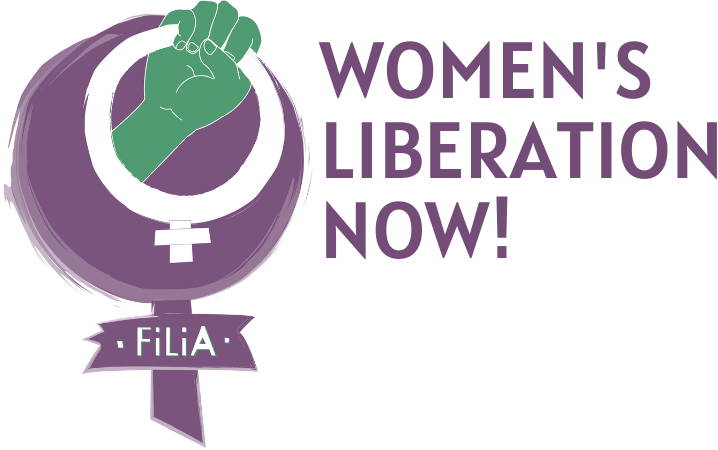SURROGACY: THE INVISIBLE WOMAN
By Heather Brunskell-Evans
I attended a public meeting in Birmingham on September 3rd, one of a number held across the UK as part of the Law Commission’s Consultation on the introduction of a new surrogacy law. My purpose in attending was fact finding: Would this meeting, unlike the bamboozling consultation questionnaire, consider the ethical issues central to surrogacy, for example the human rights of the birth mothers and the children they bear?
I slipped into the meeting room a little late. I was just in time to catch the initial framing of the substantive purpose of the consultation. We were told that the overarching premise and guiding principle of Building Families Through Surrogacy: A New Law is how to legitimately help individuals and couples create a family through surrogacy in the UK, not whether this should be legally permissible.
I took notes but did so in a desultory manner since real ethical considerations had been ruled out de facto. I wrote down a number of key aims: At the moment, altruistic surrogacy is legal in the UK but not commercial surrogacy, thus leading to British citizens seeking birth mothers abroad. The government wants to encourage surrogacy agreements in the UK, and to determine its own regulations. We were told that a major aspect of the consultation is the attempt to discern public opinion about one of the most controversial aspects, namely shifting from altruistic to commercial surrogacy. The ‘new pathway to legal parenthood’ will include a written surrogacy agreement between the ‘intended parents’ and the birth mother which gives them legal parental status from the child’s birth. The birth mother has five weeks to lodge an objection, at which point the case goes before the court and a judge will decide what is in the best interests of the child.
I sneaked a look at the time on my phone: When could I decently escape? This meeting, like the government document with its 502 pages and its exhausting 118 questions (some of which are multi-faceted and most about detail rather than broad ethical issues) was giving me a dull headache. At question time I roused myself from my somnolent condition. I looked around the lecture theatre wondering about the other attendees and their motivations. Were they academics, social workers, gay men or perhaps infertile women thwarted by the current system of altruistic surrogacy in the UK or the closing of commercial markets abroad e.g. in India or Cambodia? The questions, sometimes interrupted by the noise of a baby who cried intermittently, revealed the audience was made up of a range of people across these groups.
The absent person in the room was the surrogate mother – or should I say the birth mother, since surely the individual to whom the child is then given is the surrogate? I asked: ‘What are the motivations of the woman who gestates a baby for another person’? I was assured by the smiling faces and a chorus of voices that women become surrogates for altruistic reasons: The surrogate is an angel; she gets real pleasure and even joy at helping those people otherwise unable to build families of their own.
At some point later the dark shadow of the birth mother emerged through the voice of the man with the baby who described his experiences of commercial surrogacy abroad. He asked: ‘Should the new UK law give her a 5 week cooling off period? After all, she may decide to claim the baby which is not contractually hers’? Just like the dichotomy that has hounded women through the centuries – one is either a virgin or a whore – I sensed the resurrection of another old dichotomy – the birth mother is either a ministering selfless angel or a cruel, selfish witch. The birth mothers, of course, are neither of these but flesh and blood human beings caught up in structural, social, economic, psychological and personal circumstances.
I felt despondent. When did ‘procreative liberty’, ‘sometimes termed the right to reproduce’ (a central tenet of the consultation) become established as a right beyond ethical question? The biological connection of the birth mother to the child is considered unimportant (despite the fact that being pregnant and giving birth are intense biological, emotional and physical experiences) whereas the father’s biological connection to the baby is considered of such importance that a gay man now has the right to reproduce by utilising a woman’s body as a vessel. We were told that under special medical circumstances the law will not require a genetic link between the intended parent and the child. Double donations of female and male gametes will be allowed, including for cases of infertility resulting from transgender medicine. The important thing about surrogacy, we learned, is not necessarily about any biological link, but adults’ intention to parent.
When the meeting ended and we all got up to leave, the man with the baby left first. He was applauded as he negotiated the pram through the door. After all, here was a successful example of someone building a family through commercial surrogacy, as the lungs of the crying baby testified.
For those people who want to explore the ethics of surrogacy, there are numerous resources. In her book Being and Being Bought: Prostitution, Surrogacy and the Split Self Kajsa Ekis Ekman describes how contrasting heteronormative and queer perspectives, seemingly at opposite poles of the analytical and political spectrum, coalesce around prostitution and surrogacy. Scholars and activists from across the globe will speak at the forthcoming FiLiA Conference: Sheela Saravanan, Jennifer Lahl, Julie Bindel and Renate Klein. Nordic Model Now! has also carried out an excellent analysis of the consultation’s flaws and provides a useful link: How To Respond To The UK Surrogacy Consultation in 10 Easy Minutes. Time is of the essence since the consultation closes on October 11, 2019.
